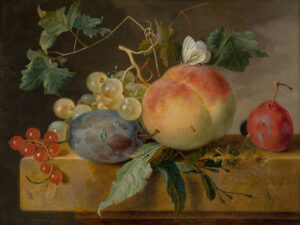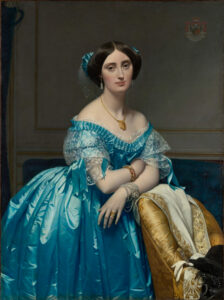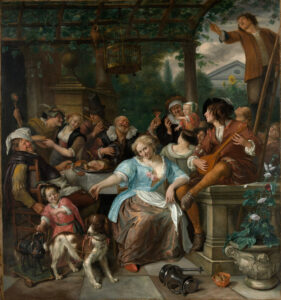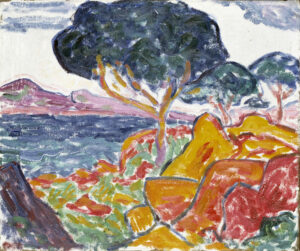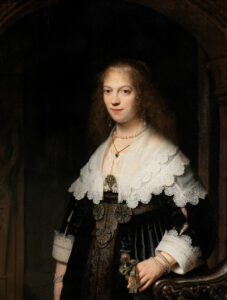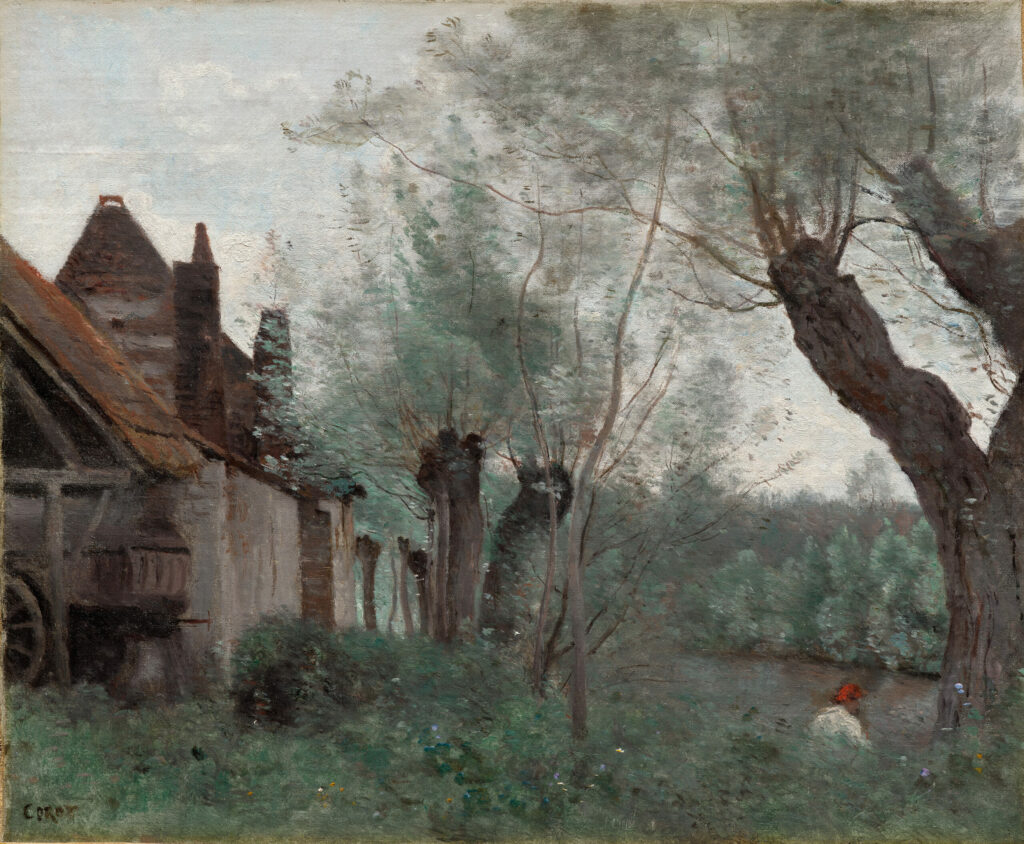
Jean-Baptiste Camille Corot painted “Willows and Farm at Sainte-Catherine-lès-Arras” in 1871 during his stay in Arras.
This work reveals the silvery technique characteristic of his final years and perfectly illustrates the style that earned the French master his international reputation.
The composition is organized around a timeless rural landscape dominated by nuanced greenish and gray tones, applied in thin layers. The willows with their slender trunks structure the space while the traditional farm anchors the scene in reality. The vaporous atmosphere, achieved through diffused light and softened contours, creates that contemplative poetry so prized by his contemporaries. This idealized vision of the French countryside, detached from the industrial transformations of the 19th century, reflects the aesthetic of “memory,” where direct observation and studio recreation blend harmoniously to produce a peaceful landscape.
Further information
- Willows and Farmhouse at Sainte-Catherine-lès-Arras, by Camille Corot, 1871
- 36.3 x 44.4 cm (14 5/16 x 17 1/2 in.)
- The Cleveland Museum of Art, not on display
- https://www.clevelandart.org/art/1916.1047
Jean-Baptiste Camille Corot (1796-1875) embodies the transition between neoclassical landscape and pictorial modernity. Initially trained in the family drapery business, an experience that developed his aesthetic sense of colors and textures, he devoted himself definitively to painting after 1821. A student of Michallon then Bertin, heirs of Valenciennes, he sojourned in Italy according to academic tradition. A controversial precursor, Corot rejected the emerging Impressionist aesthetic, preferring his timeless “composed landscapes” to contemporary urban innovations. Officially recognized, he developed a personal manner blending plein air observation with studio synthesis. His late commercial success generated numerous counterfeits, testimony to his popularity.

